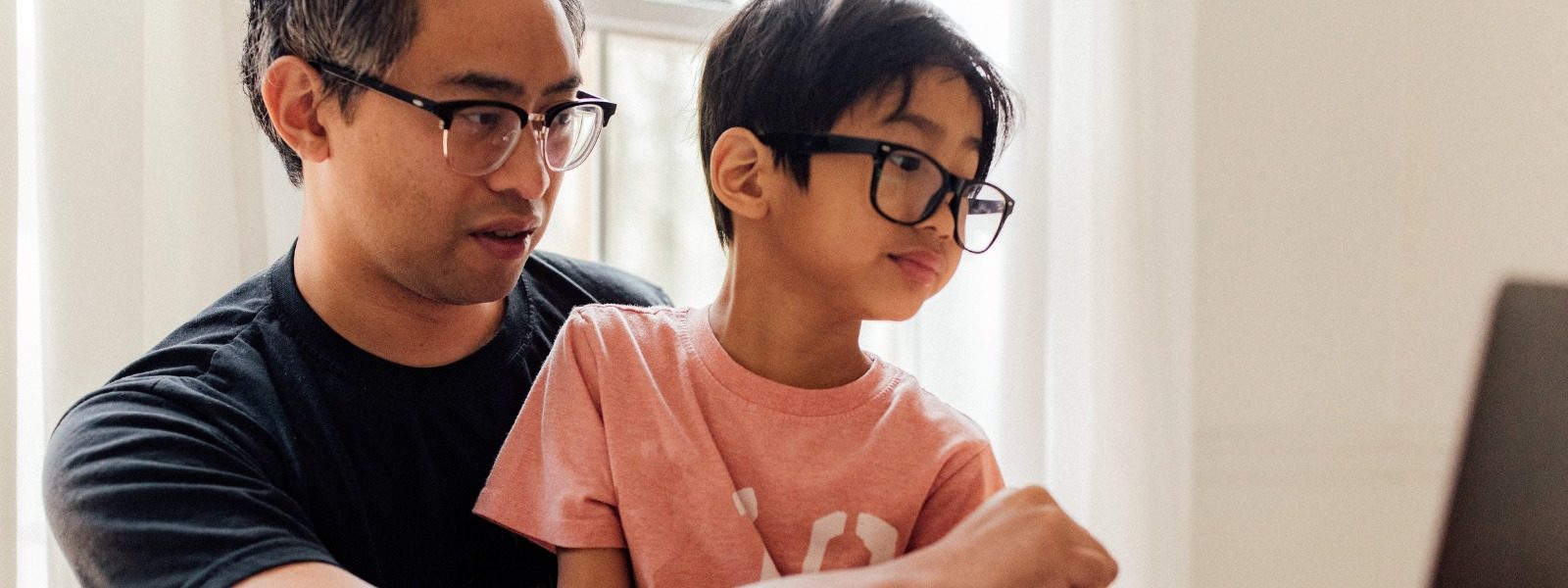As we head into winter with COVID cases spiking yet again, there is a lot of attention to building resilience to manage this difficult time. That makes it a good time to get clear on what resilience is, and what it isn’t.
Too often we think of resilience as an individual trait that we either have or don’t have. Or we frame it as something that kids can just dig deep for and conjure up when things are hard. The research, however, paints a very different picture. As the Harvard Center on the Developing Child reminds us, “Resilience requires relationships, not rugged individualism.”
In other words, this is not the time to ask kids to get “grittier” in the face of stress and strain. It is the time to work together to create systems of support and safety that build our capacity to get through hardship. So we need to examine our systems, institutions, and policies with a relentless focus on equity, collective care, and wellbeing. It also demands that we look at our smaller systems – including our families – not just for the health of individuals but for the relationships between them.
Dr. Anne Gearity, a clinical social worker who specializes in child development and trauma, argues that during COVID (and beyond) we need to be working on creating a sense of “collaborative resilience” within our families. In other words, it’s not just about helping one person in the family who is struggling. It is about promoting the idea that “we all need each other right now.”

It’s not only parents who help their kids be resilient. Kids can help parents be resilient too. It isn’t our kids job to make us feel better, but we should be open to the ways in which they do. We can create a family story that says, “We don’t have to do hard things alone. We can do them better together.”
I introduced the idea of “collaborative resilience” to my kids at dinner recently. They were especially pumped about the idea that they had a lot to contribute to our family’s wellbeing. My oldest took it as an opportunity to claim significant expertise in quarantine living. “Yes!” he said. “Grown ups should ask kids waaay more for advice. We’ve got all kinds of ideas.”
I am not sure that collaborative resilience is just about surveying our kids for practical tools. It’s about paying attention to and honoring family relationships – how we handle conflict, how we support and help, how we create joy and family rituals, and how we move through big feelings.
I do think, however, that my son was on to something. When we live through significant challenges (certainly not starting with or limited to COVID), we have opportunities to become more aware of who we are, what’s hard, what’s not hard, and what tools we have to help each other learn and grow during times of stress and strain. Our kids are learning a lot right now. It isn’t easily captured in assignments or assessments in Google classroom or SeeSaw. Some kids may not be able to articulate it clearly or succinctly. But if we stop to listen and observe, we might find that they have a lot to teach us.
We can help each other see, take ownership of, and articulate the ways that we are learning and growing as a family. We can exploring questions like:
- “What am I learning about right now?”
- “What does my body feel like when I am sad/mad/angry/joyful/engaged?”
- “How do we help each other feel more brave?”
- “When do I need help and when can I be a helper?”
- “Who and what helps me feel better?”
Sometimes adults focus so much on imparting wisdom to children that we forget to learn from them too. If “resilience requires relationships, not rugged individualism” then we should take a collaborative approach to this moment. Our work with, for, and alongside our kids shouldn’t preclude us listening to them as well. Too often, when we are stressed and things are challenging, we stop “seeing” and experiencing our family strengths. For example, if distance learning is a battle we forget to look for the ways they are still learning. If siblings are fighting, we stop noticing the moments of repair and tenderness that buoy our spirits. If we are overwhelmed by the chaos, we overlook how much better we feel after a family dance party.
So here’s what we want you to do. We want you to engage your local experts – your kids – in these questions. What are they learning? What are they teaching us? If they don’t have words, what are you observing?
We were thrilled to get lots of submissions to our questions for kids about their learning. We selected a few and compiled them into this “Better Together” resource that you can hang up on your fridge or use as a conversation starter at your table. We hope that it is a powerful reminder that “We don’t have to do this alone. We can do hard things together.”
Still have some wisdom to share? Drop it in the form below!